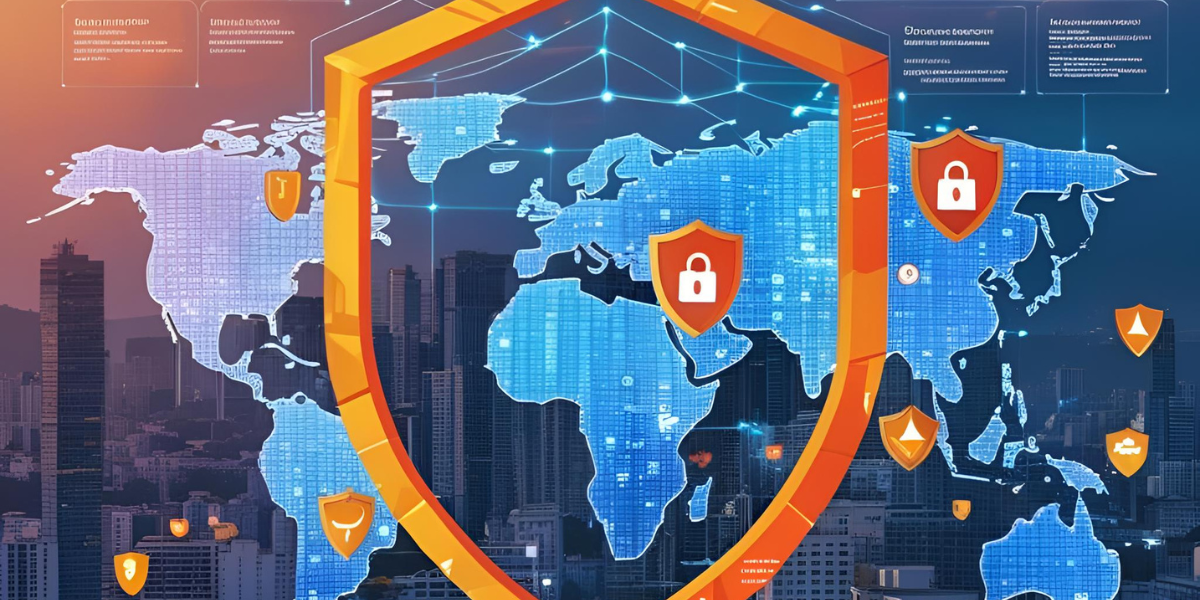What it takes to deliver cybersecurity to governments and telcos


Donny Chong
Nexusguard

Share to:
When people think about cybersecurity, they often imagine zero-days, ransomware, and sophisticated APTs. What they don’t often think about is what it actually takes to deliver cybersecurity solutions at national or carrier scale, especially when your client is a government agency or a major telecom operator.
It’s easy to assume these are straightforward technology deployments. They’re not. In reality, they are long games of alignment, politics, risk perception, and trust.
The following insights highlight key lessons learned from the complexities of institutional cybersecurity.
The project that almost didn’t happen
A few years ago, a DNS protection project for a government agency responsible for managing critical national infrastructure was nearly derailed due to process rigidity. The high-availability setup involved multiple vendors to avoid single points of failure.
However, a new directive mandated vendor consolidation as part of a broader streamlining initiative. This created a cascade of challenges: key partnerships were disrupted, redundancy plans were jeopardised, and the tender process stalled. The project’s critical infrastructure was nearly compromised due to non-technical factors.
Eventually, the directive was reconsidered, and the project moved forward with its original design. The lesson? When it comes to delivering institutional cybersecurity, the obstacles aren’t always technical – sometimes, they’re entirely human.
Five hard truths about delivering to governments and telcos
1. Cybersecurity is political
Where your technology comes from can matter more than how well it works. Countries have preferences, unspoken alignments, and regulatory expectations that shape vendor selection. In some markets, being “neutral” is a strategic advantage. In others, it’s a disqualifier.
Trust is no longer just about certificates and encryption – it’s about origin, control, and perceived allegiance.
2. Large institutions move slowly – until they don’t
Telcos and government agencies are notoriously cautious, with committees, working groups, and long sign-off processes. But all that caution can vanish overnight if there’s an incident.
In one instance, a proposed cybersecurity solution was initially rejected due to budget concerns. But after a major attack disrupted operations, the project was approved within days, at twice the original scope. Timing is everything. Be ready, even when nothing seems to be moving.
3. SLAs are not always understood
Many institutional clients assume that if a service comes with an SLA, they’re fully protected. In reality, SLAs are often based on “best effort,” not “guaranteed defence.”
A key part of cybersecurity delivery is education: helping stakeholders understand what their current protection actually means. Sometimes, correcting assumptions is necessary before designing an effective solution.
4. Trust isn’t built in a PoC
For governments and telcos, buying a cybersecurity solution isn’t just about features—it’s about long-term reliability. They need to know you’ll be there when things break and that your team understands the stakes.
Face time, familiarity, and visible local presence can matter more than a stellar lab test. Delivering cybersecurity to these clients means offering assurance, not just technology.
5. Projects are rarely what they seem on paper
By the time a project reaches you, much of it has already been influenced by internal dynamics. Some requirements are overly specific because of legacy platforms; others are vague by design. Stakeholders change midstream, priorities shift, and budgets evaporate.
Delivering for these clients means being adaptable. You’re often implementing a moving target, not a static spec.
The quiet shift: where things are getting better
Despite the complexity, institutional buyers are evolving – and fast.
Governments are becoming more security-aware. Many are developing national-level cyber strategies, building sovereign infrastructure, and investing in resilience. They are asking smarter questions, demanding layered defences, and taking proactive steps to secure their systems.
Telcos, meanwhile, are beginning to see cybersecurity as a value-added service. They are exploring ways to bundle protection, co-develop solutions, and launch commercial security offerings for their customers.
And perhaps most importantly, incidents are leaving a lasting mark. Once an agency or carrier experiences a disruption, they rarely go back to “good enough.” They want prevention, not just response. They want clarity, not just checkboxes.
Final thought: it’s all about the long game
If you’re building or delivering cybersecurity for governments and telcos, don’t expect a fast ride. Expect a slow boil, detours, and last-minute sprints. But if you show up, stick around, and keep translating complex risks into actionable sense, they’ll trust you.
That trust is critical when what’s at stake isn’t just uptime or SLA metrics – it’s the continuity of essential national services. And in an era where geopolitical tensions increasingly bleed into cyberspace, trust and preparedness are more important than ever.
What’s next?
Delivering cybersecurity at a national or carrier scale isn’t just about technology – it’s about understanding risk cultures, navigating stakeholder complexity, and providing assurance when it’s needed most.
In a world where the physical, political, and digital are deeply intertwined, the ability to ensure continuity in chaos will define the leaders in this space.
See our article at TechFinitive.
Protect Your Infrastructure Today










